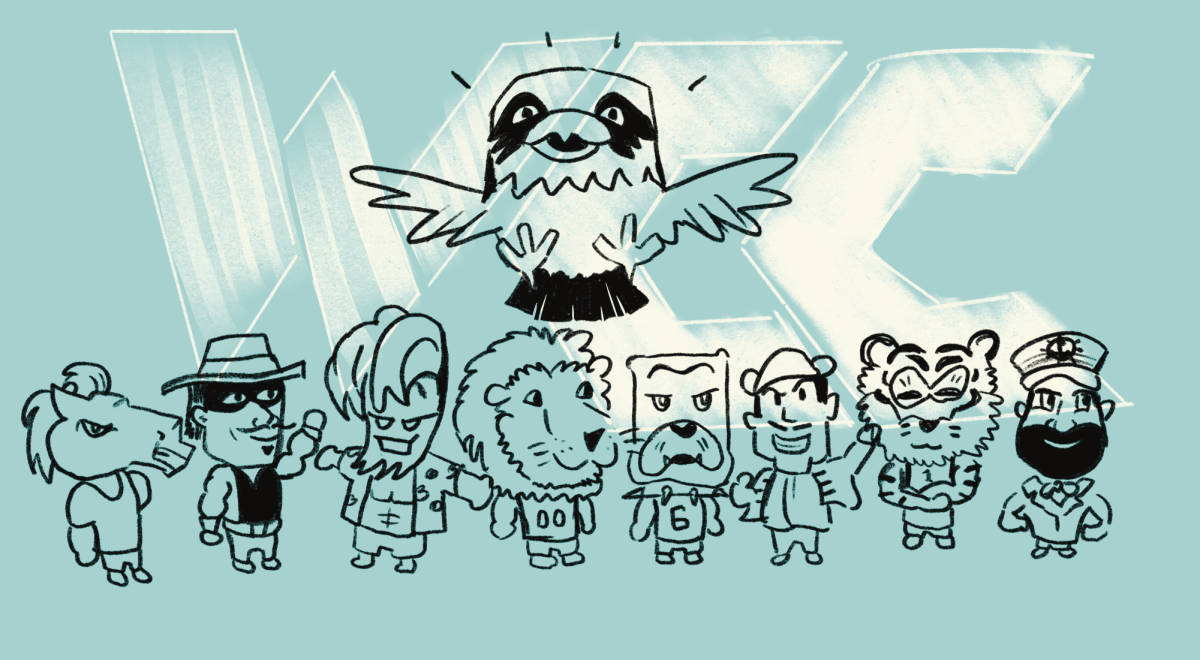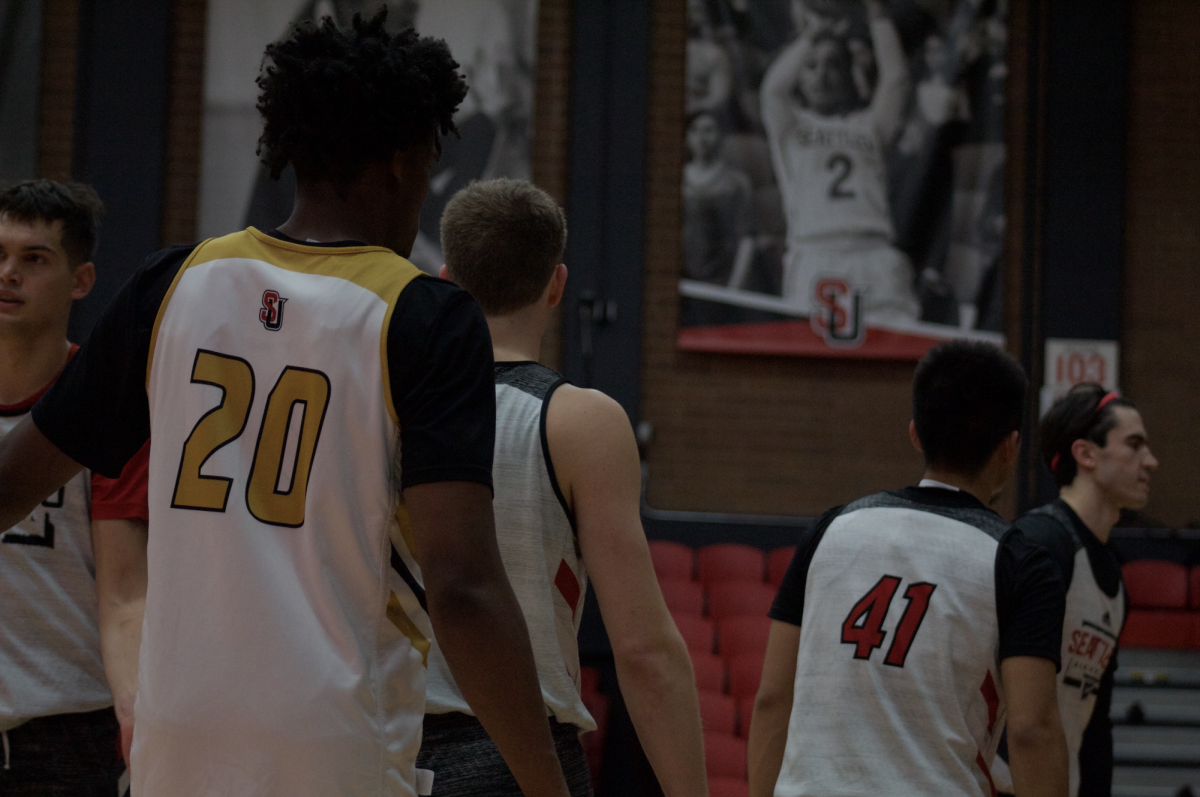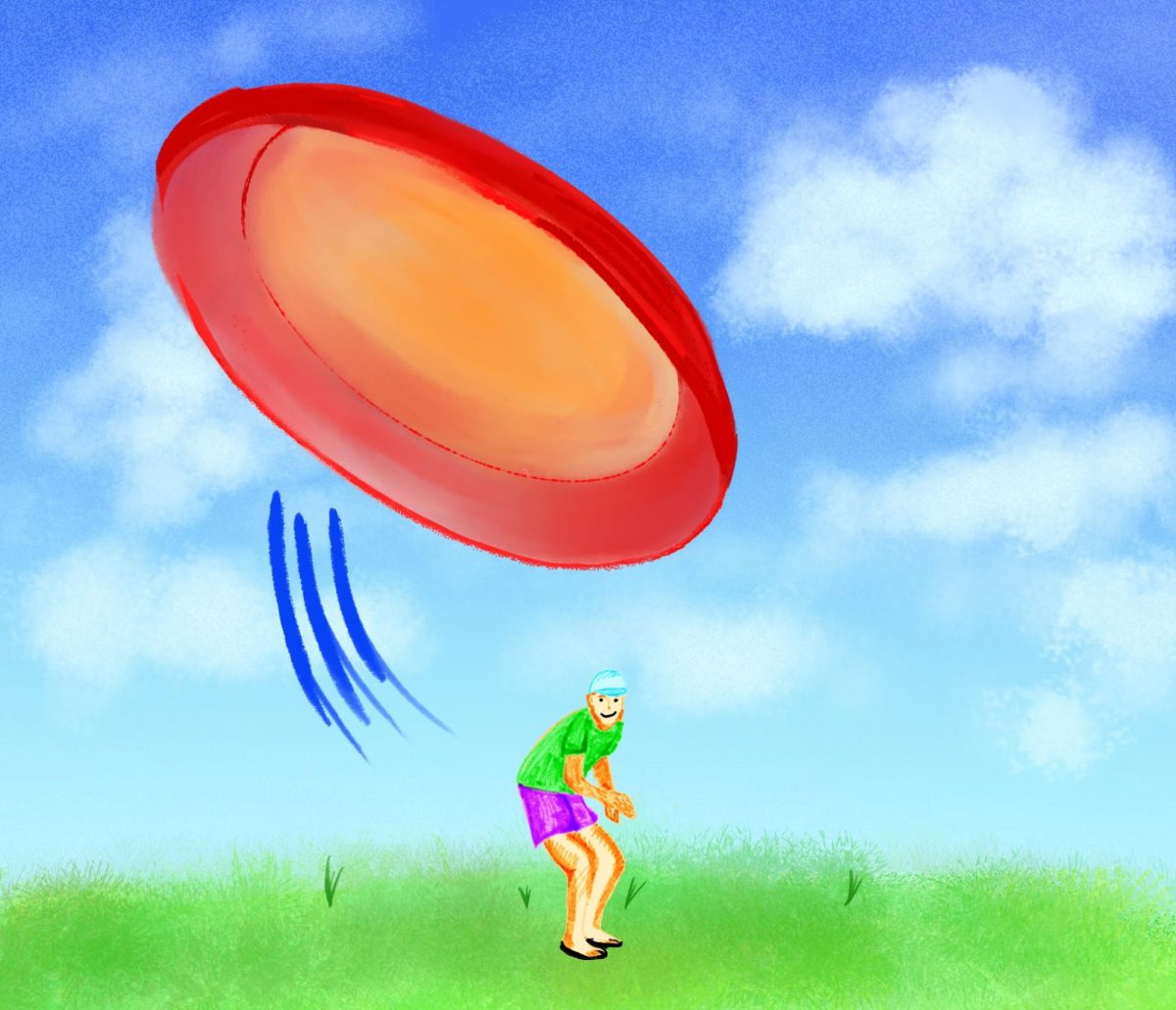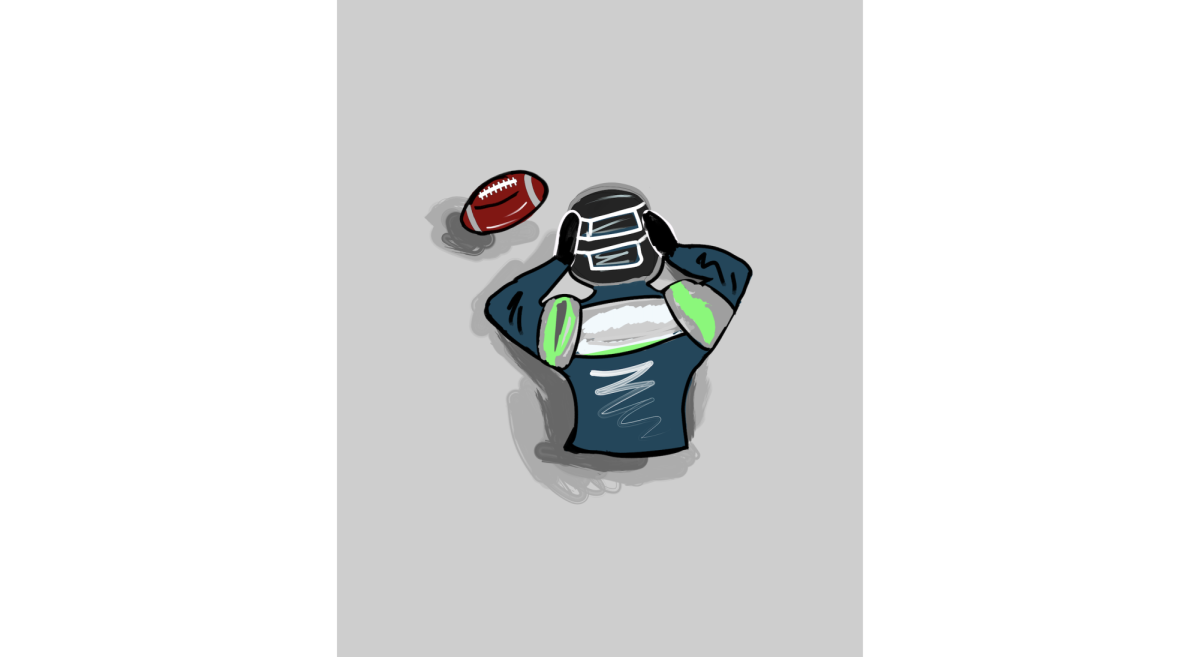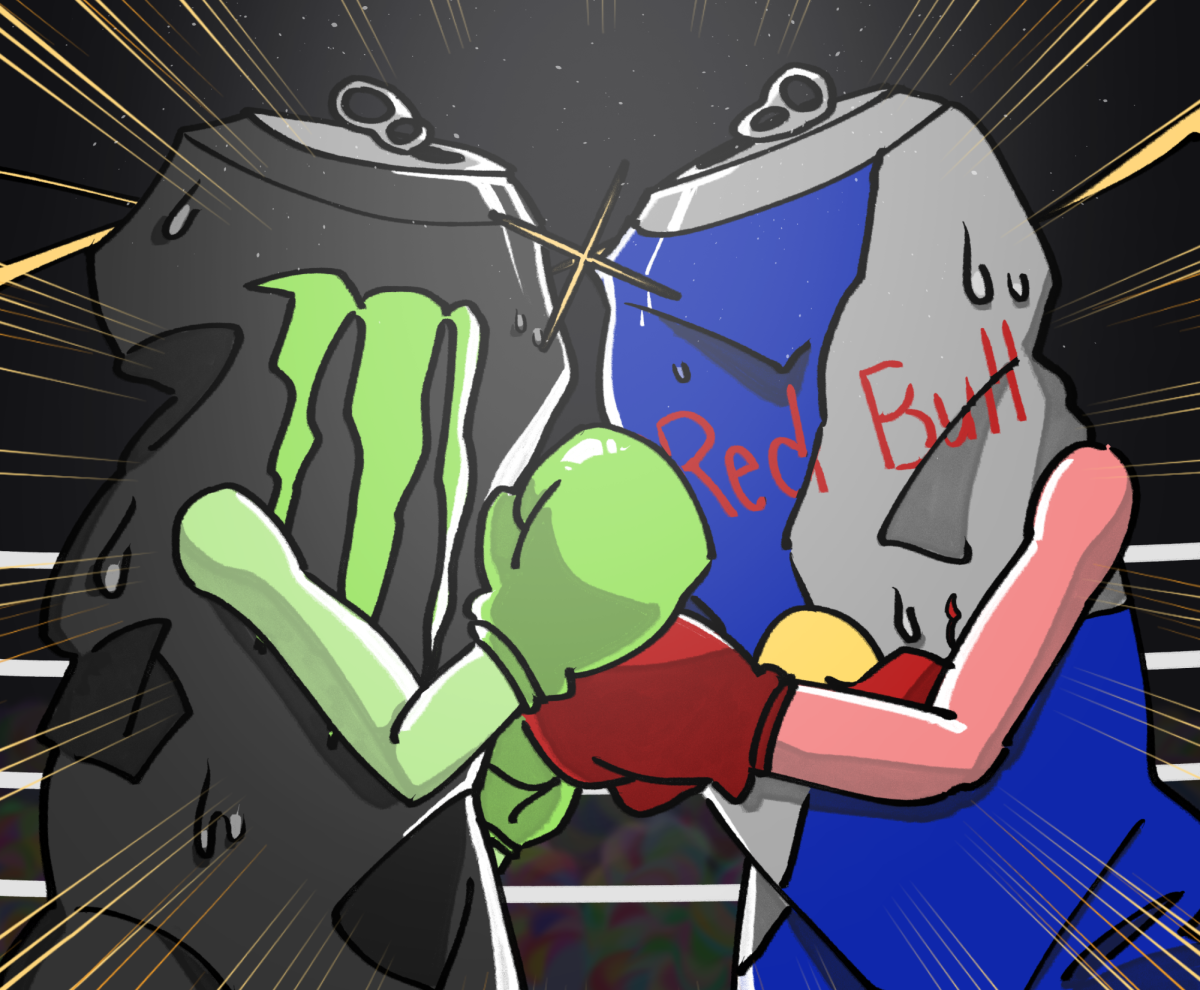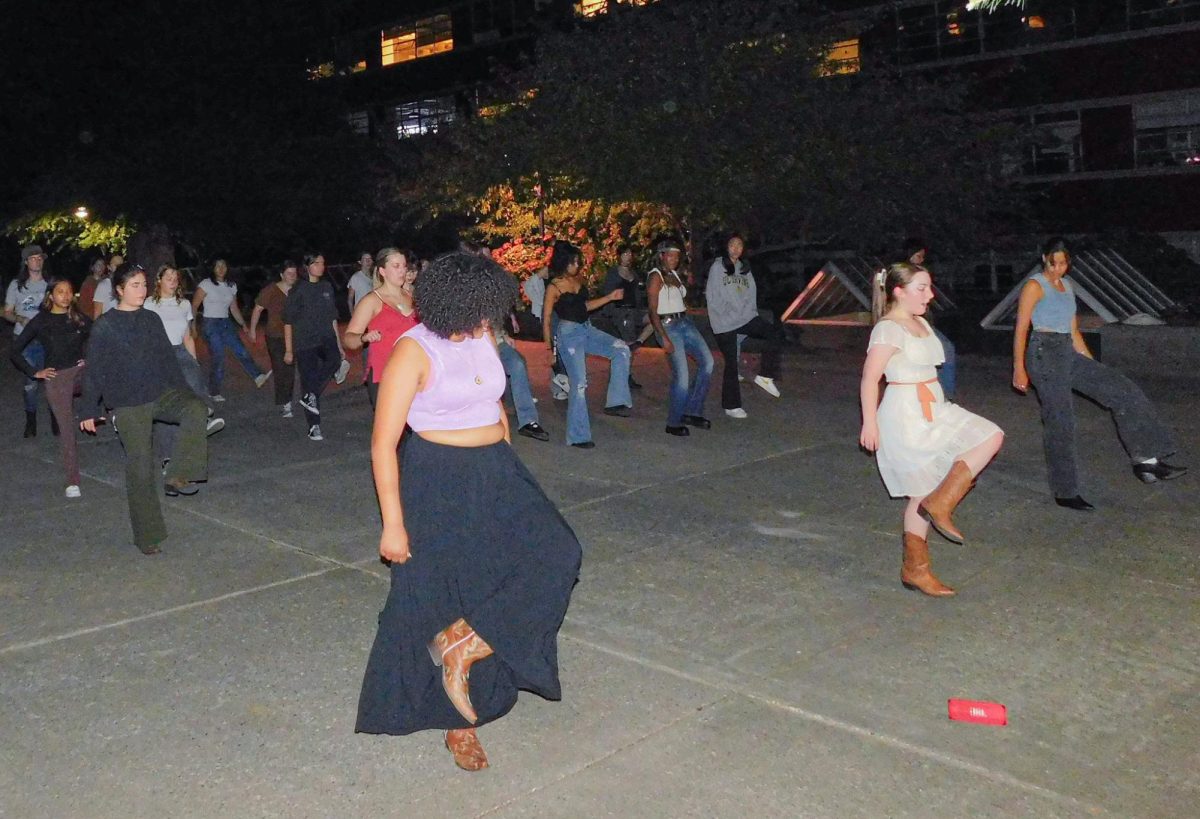After 12 years in the Western Athletic Conference (WAC), Seattle University will be moving on to a new sporting home. After over a year of negotiations, Seattle U is officially set to leave the WAC for the West Coast Conference (WCC) in July 2025, accompanied by longtime WAC rival Grand Canyon University (GCU). The 2024-2025 season will be the last in the WAC for Seattle U.
The move, which was announced May 10, marks another milestone in the progression of Seattle U back to being a nationally recognized athletic program—the school was a member of the WCC from 1971-1980, back when it was known as the West Coast Athletic Conference. Seattle U President Eduardo Peñalver reiterated that this has always been the goal.
“It’s just an exciting day for Seattle University athletics and for the entire Seattle University community to be coming home to the West Coast Conference,” Peñalver said. “When we rejoined Division I athletics, [we] did that with the hope and expectation to be able to rejoin the West Coast Conference, and today is a culmination of that effort.”
The WCC is one of the premier mid-major conferences in the country and is composed of elite basketball programs like Gonzaga University in Spokane, Wash. and Saint Mary’s College of California in Moraga, Calif. Longtime PAC-12 schools Oregon State University and Washington State University will join the conference for two seasons as affiliate members in all sports, except football, starting this summer while they seek a new conference to call home.
Seattle U Director of Athletics Shaney Fink believes the move will be beneficial for student-athletes all around.
“Thrilled for this opportunity… the competition, the opportunities for our student-athletes, but also the really natural rivalries and the energy that will be around the competitive programs,” Fink said. “A lot of alumni are in this footprint and what it means for the campus community.”
But the shift to a new conference can mean different things for different sports. The WCC sponsors all Seattle U sports except for track and field and swimming, meaning Seattle U will likely need to find a conference to join as an affiliate member for those sports. The school is still in the process of determining how to handle those programs, but there is a chance those sports remain in the WAC and continue competing there.
On the other hand, Seattle U Women’s Rowing will be able to compete as a part of a conference for the first time in program history, as the WCC sponsors the sport while the WAC does not.
In terms of geography, the shift to the WCC made sense for Seattle U, as the WAC was a difficult place for the Redhawks to compete. The conference consists of five Texas member schools, three Utah member schools and one member school in Arizona and California, respectively. This made Seattle U a noticeable outlier and the travel time associated with competing in the conference was arguably a competitive disadvantage.
The WCC, on the other hand, has six member schools in California, and one member school in Oregon and Washington, excluding Seattle U. GCU will be the only school not located in those three states, as the school is in Arizona.
The WCC is also composed solely of private Christian and Catholic institutions, with every member school having 10,000 or fewer enrolled students. GCU will again be an outlier in this regard, as they boast an enrollment of well over 100,000 students.
For financial purposes, the WCC has also been better in recent years. Despite the WAC offering more sports and having more competing institutions, the WCC reported $12.6 million in revenue in 2022 while the WAC reported $9.1 million that same year, according to tax filings. With numerous member schools becoming fixtures in the NCAA’s most profitable event, the men’s basketball tournament, the WCC’s national exposure is reaching new heights.
With the new stiff competition ahead of his program, Seattle U Men’s Basketball head coach Chris Victor believes in his team’s ability to put the school back on the athletic map.
But Victor also acknowledged the new way the program will have to think about recruiting in the WCC while still keeping trying the same recruiting systems in place. Some of the biggest areas Seattle U recruits from include junior college transfers, international players and those from high-caliber Division I or Division II universities as well as high school prospects.
“This is definitely a move up for us and the basketball conferences, so we’ll have to level up on our recruiting as well. Then going into WCC will allow us to recruit a higher level of student-athlete that will be excited to compete at that level against the programs we mentioned,” Victor said. “We have to recruit athletes that can win games in the WCC.”
The move to the WCC is a homecoming of sorts for Seattle U. While the school has steps to take to ensure a clean transition, the Redhawks appear to have cemented their future in an ever-changing collegiate sporting world.




